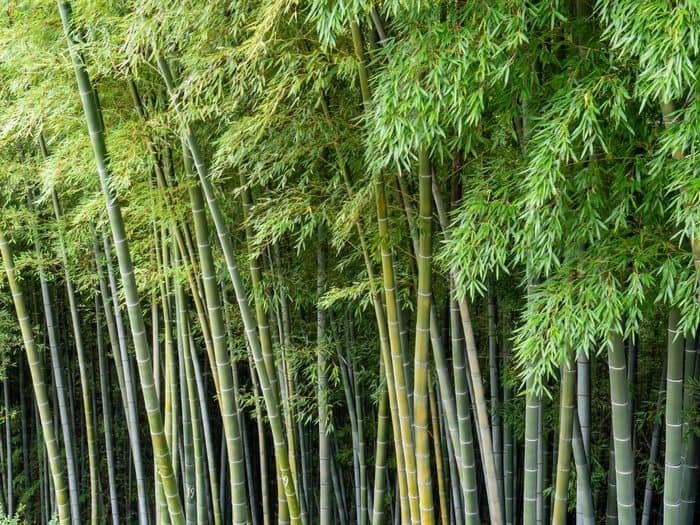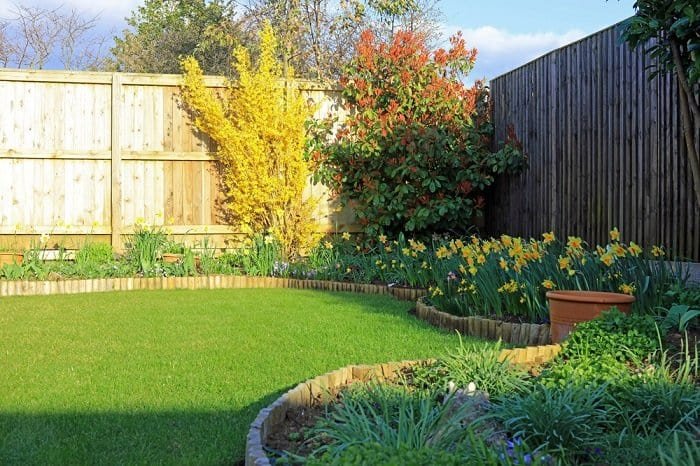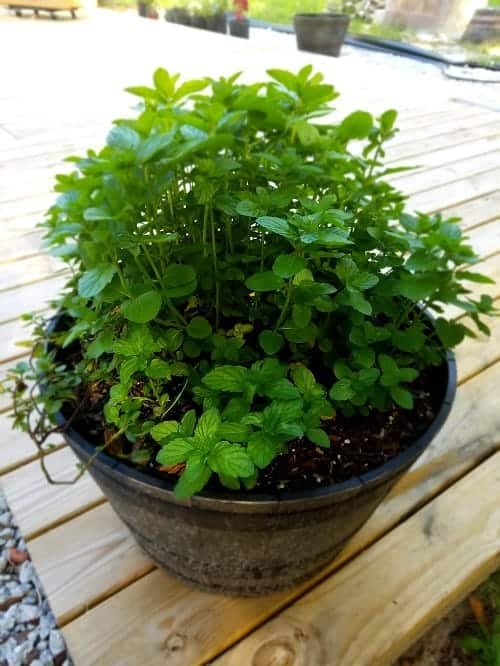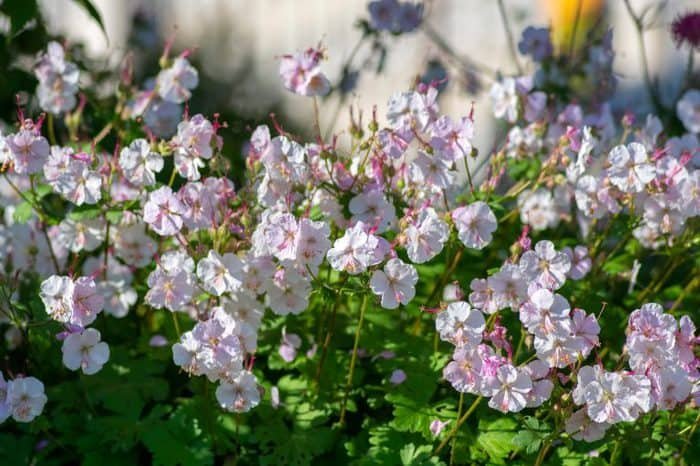How to Grow Bamboo in Your Backyard

If you are thinking of growing bamboo, we’ll talk about the pros and cons of having it in your backyard. We’ll discuss the benefits of bamboo, how to choose the right bamboo for the conditions, how to plant bamboo, and how to maintain it.
The popularity of bamboo has been increasing due to the benefits it offers and the exotic aesthetics of the plant. Bamboo makes an excellent choice for a plant if you want to create private space in the backyard or if you love the exotic look of bamboo.
Bamboo trees can go grow quite tall and lush, providing cover to your property. Bamboo can fill in empty spaces, giving your house a tropical appearance. Bamboo is also an excellent source of oxygen, keeping the air around you clean and pure.
According to some Asian beliefs, bamboo can bring good fortune and luck, and protect you and your property from harm. With all these benefits, bamboo trees have become popular amongst many households with entire sections of their backyard dedicated to growing bamboo. Growing bamboo requires patience, dedication, knowledge, and some passion.
Choosing the Right Type of Bamboo
The first step to contemplating growing bamboo is finding out if the weather and soil conditions in your backyard is ideal for bamboo. This is important because you need the bamboo to flourish and not wither in unfitting conditions.
The most popular categories of bamboo include running bamboo and clumping bamboo. The running bamboo reaches its maximum height at around 25 feet and grows at a relatively quick rate. It spreads aggressively once planted and will quickly take over your backyard if not properly controlled.
Our neighbor has running bamboo and it is constantly sprouting up under my side of the fence. I cut it down to the ground, but within a few months it comes back again. It’s a never ending cycle that is a headache and it’s not even my bamboo.
The clumping bamboo stays relatively close to one another, hence the name clumping. Some varieties can also reach heights up to 25 feet but it is a slower growing variety than the running bamboo. Some clumping varieties also don’t do well in colder climates.
Most people prefer planting the running bamboo in their backyard for it’s quick growth to provide privacy in their backyard. However, taking care of the running bamboo can be challenging. It requires constant trimming of the roots and stalks with gardening tools which can be cumbersome to use. Despite the struggle, running bamboo remains the most popular choice of bamboo in residential properties.
There are a few running bamboos that are quite popular in households such as the black bamboo which offers beautiful colors and can give your backyard a refreshing feel and appearance. You can choose the Phyllostachys version, which is known for its tall height and wide girth, great for privacy and use in construction. As privacy is one of the main reasons why people plant bamboo, they choose this type of bamboo for your backyard.
When you do plant running bamboo at your home, keep in mind that it will require regular maintenance. To make your life easier, you can invest in a root barrier product, like this Bamboo Shield. This will help in creating a boundary, so the roots don’t spread everywhere.
It will make the bamboo stay in its place. You can also contain the roots in a large-sized barrel, however, in that case, the bamboo will never reach its full size as roots are not allowed to grow freely. When you bound the roots of your bamboo, it gets very hard for the water to penetrate them, depriving them of an essential growing element.
The clumping bamboo will require less maintenance, so if you think you don’t have the time or energy to take care of running bamboo, you can choose the clumping bamboo for your home.
Soil Preparation
Another key aspect of planting bamboo is getting the soil ready. When you are arranging the soil for your bamboo, make sure that the soil has the right composition. The recommended combination is half good potting soil and half composted manure. The manure cannot be too fresh as it can get too warm and might burn the tips of the bamboo leaves.
You also need to look at the consistency of the soil, as it cannot get too hard too soft. If it is too hard you need to add a bit of sand to the mix. If it is too soft, you need to enrich the mix by using some extra manure. It is also important to have a good drainage system around the soil.
When you plant your prepared bamboo in the ground, make sure that you dig a hole that is wide and deep enough to accommodate the cutting from the main root ball and the root barrier. Fill up the hole with the mixture of potting soil and manure and place the bamboo in it, with the surface just a little higher than the adjacent ground. The next step is to water it to make sure the bamboo is fully submerged in the water. You can then cover the bamboo with mulch.
Let it Grow
Once your bamboo is set in the ground you need to provide it with proper nutrients so that it can thrive and grow strong roots. Most people use a mix of different fertilizers to help it flourish. It is always best to buy them locally as local stores will have what is best for the local weather conditions of your residential property.
You must water the bamboo regularly once it has been planted. If you see the leaves are losing their color or curling up that means the bamboo is getting dehydrated, and you need to increase the water supply.
Growing and taking care of a bamboo plant takes a lot of patience, dedication, and passion, but the result is worth it. With the right amount of effort and energy, you can make the bamboo grow into something beautiful that can last decades.






